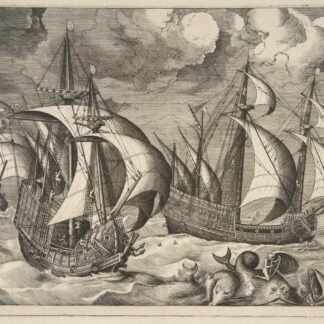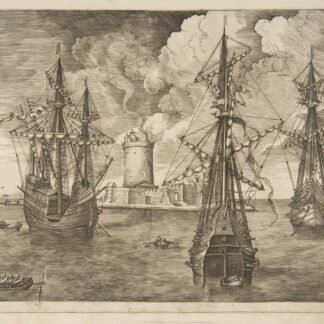Description
Proverbs were popular during Bruegel’s time: a number of collections were published including a famous work by Erasmus. Frans Hogenberg had produced an engraving illustrating about 40 proverbs in around 1558 and Bruegel himself had painted a collection of Twelve Proverbs on individual panels by 1558 and had also produced Big Fish Eat Little Fish in 1556, but Netherlandish Proverbs is thought to be the first large scale painting on the theme. Rabelais depicted a land of proverbs in his novel Pantagruel soon after in 1564.
Bruegel’s paintings have themes of the absurdity, wickedness and foolishness of mankind, and this painting is no exception. The picture was originally entitled The Blue Cloak or The Folly of the World which indicates he was not intending to produce a mere collection of proverbs but rather a study of human stupidity. Many of the people depicted show the characteristic blank features which Bruegel used to portray fools. His son, Pieter Brueghel the Younger, specialised in making copies of his father’s work, and painted up to twenty copies of Netherlandish Proverbs. Not all versions of the painting, by father or son, show exactly the same proverbs, also differing in other details.
Bibliography
http://taggedwiki.zubiaga.org/new_content/a42d9bae45407d078ed1479fca827c88





